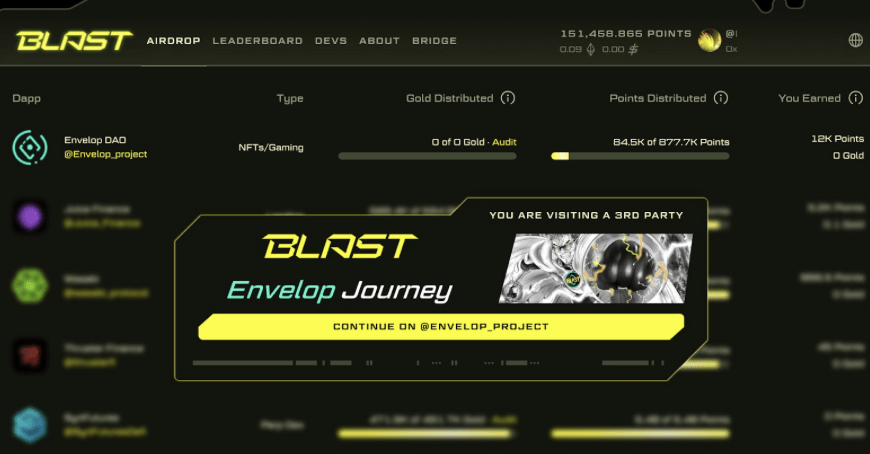Table of Contents
It’s hard to believe how far DeFi has come in such a short time. A year ago, as total value locked hovered around the $600 million mark, hitting the $1 billion milestone seemed ambitious. Now, the next big milestone is $12 billion.
However, it’s fair to say that Ethereum-based DeFi has caused the lion’s share of the hype throughout this meteoric rise. But amid the ongoing saga of the Ethereum 2.0 upgrade, other blockchains are starting to muscle in on the act. This year has seen the launch of Polkadot and Binance Smart Chain - both hot new platforms for DeFi development.
Newcomers aside, though - what of crypto’s flagship asset? As DeFi has been growing, innovators have also been coming up with ways to harness Bitcoin's unparalleled liquidity and value. So as DeFi’s prominence looks set to continue well into 2021, here are the biggest DeFi projects that allow you to make use of your BTC bags.
RSK/Money on Chain
RSK, the smart contract platform that runs as a side chain of the Bitcoin blockchain, has been making a splash over the last year or so with several DeFi-related developments. Late last year, Money on Chain announced it was launching on RSK, rolling out the first-ever stablecoin to be collateralized by Bitcoin - Dollar on Chain (DOC.)
The overall model is comparable to Maker’s DAI stablecoin. The DOC stablecoin is pegged to the value of the US dollar, and users can mint it by staking their BTC into the Money on Chain protocol. All funds are held in non-custodial smart contracts on the RSK platform.
Building on the initial moment of DOC, Money on Chain later also launched RIF on Chain. RIF is the RSK Infrastructure Framework, a set of building blocks for the RSK platform, which also runs on its own RIF token. The RIF on Chain products include RDOC, the RIF Dollar on Chain, which is also pegged to the US dollar but collateralized by RIF tokens.
More recently, RSK developers launched Rskswap, a decentralized exchange that uses automated market makers, comparable to Uniswap. RSK and Money on Chain are one of the purest implementations of Bitcoin DeFi, being powered by the Bitcoin blockchain itself.
WBTC
WBTC, or Wrapped BTC, emerged as a kind of workaround for Bitcoin holders who found themselves locked out of the Ethereum DeFi ecosystem unless they were prepared to trade in their BTC. WBTC is simply a representation of BTC as an ERC20 token.
So if someone holding BTC wants to invest in Ethereum-based DeFi, using WBTC allows them to create an Ethereum-compatible version of Bitcoin that they can then put to work in dApps like Compound or Curve. The popularity of WBTC speaks to the enormous demand from Bitcoin HODLers for participating in DeFi - currently, it’s ranked in the third position on DeFi Pulse.
Lightning Network
Lightning Network is one of the oldest and perhaps best-known Bitcoin DeFi applications. It wasn’t originally conceived as a DeFi use case, as much as overcoming the lack of scalability in sending Bitcoin payments. Lightning Network aims to make it easy for any users to send and receive Bitcoin instantly.
It uses state channels, meaning that transactions can happen off-chain. Any two users can open up a payment channel and send payments to one another, with wallet addresses updating when they close the channel.
Lightning Network has come in for a fair share of criticism since 2015 when it was initially conceived. Nevertheless, it remains one of the most valuable Bitcoin DeFi dApps.
RenVM
Technically, RenVM is a DeFi interoperability protocol as opposed to a dedicated Bitcoin DeFi project. However, it’s still one of the few ways that Bitcoin holders can access DeFi. RenVM is a plug-in for DeFi that connects assets from different blockchains to one another. It allows any DeFi dApp to benefit from cross-chain liquidity for any supported blockchain. Currently, RenVM has connected the Bitcoin, Bitcoin Cash, and Cash blockchains, along with Ethereum.
RenVM is already integrated into many of the major DeFi dApps on Ethereum, including Balancer, Curve, and Uniswap. It’s not an entirely seamless integration just yet, as users need to navigate to the dedicated implementations of the Ren integrations. Nevertheless, it’s one of the more advanced projects allowing users to deploy their BTC within DeFi.
YFSwap/BITTO
Like Rskswap, YFSwap continues the trend of Uniswap-like decentralized exchanges with a built-in liquidity mechanism. Fans of DeFi will recall the SushiSwap saga, a “vampire mining” operation that aimed to replicate Uniswap’s new liquidity mining features while piggybacking on the same features as a way to drive demand for its own token.
Rather than introduce yet another new token with rollercoaster-like charting potential, YFSwap introduces two new tokens called YFBTC and YFETH, designed to replicate the success of crypto’s flagship assets, BTC and ETH. Users contributing to the liquidity pools for each token can earn rewards, representing the first time that users can earn liquidity mining rewards for holding BTC.
The decentralized exchange protocol will be a new feature offered by established crypto company Bitto, which taps into the liquidity of mainstream centralized exchanges. YFSwap is the newest Bitcoin DeFi initiative on this list, so it will be interesting to see if it can tap into the current appetite for liquidity mining.
Bitcoin is vastly popular and proving to be an enduring store of long-term value. Furthermore, DeFi’s growth is attracting talented innovators to the space. Therefore, it seems likely that we’re only at the very beginning of the Bitcoin DeFi movement. Over the coming years, the projects listed here may come to be known as the earliest pioneers of the new age in DeFi.
Investment Disclaimer










